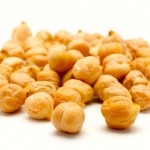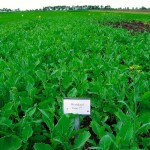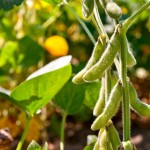
Canola rotations are key
Recommended crop rotations lower inoculum levels and risk of disease

Why nodulation fails
When nodules don’t form, yield will suffer. These recommendations could stop fixation failures

Fertilizer needs in canola
Without enough nutrients, canola yields suffer. Try these tips for nutrition

Up seed rate to add pea yield
Prairie researchers looks at the costs and benefits of combinations of four pea input treatments. Try their results on your farm

Inoculant: Finding the right formulation
Liquid, peat or granular? Choose the best one for your fields

Minimizing the impact of Aphanomyces
There are no in-crop solutions to root rot in peas and lentils. But there are ways to minimize your risk of losing yield to Aphanomyces

When you have to broadcast seed canola
Broadcasting seeding is always a last resort for canola growers. But if you have to do it, here are some suggestions to increase your odds of getting decent yields

PCR tests for clubroot in canola
Early clubroot infection is difficult to detect with the naked eye. But a PCR test will do the job

Seed decay in Prairie soybeans
Phomopsis seed decay is the number one soybean problem in Ontario. Now it’s this disease-causing fungi may be coming to a field near you

Be prepared for fire so your assets don’t go up in smoke
“That will never happen to us,” we all think. Until it does


